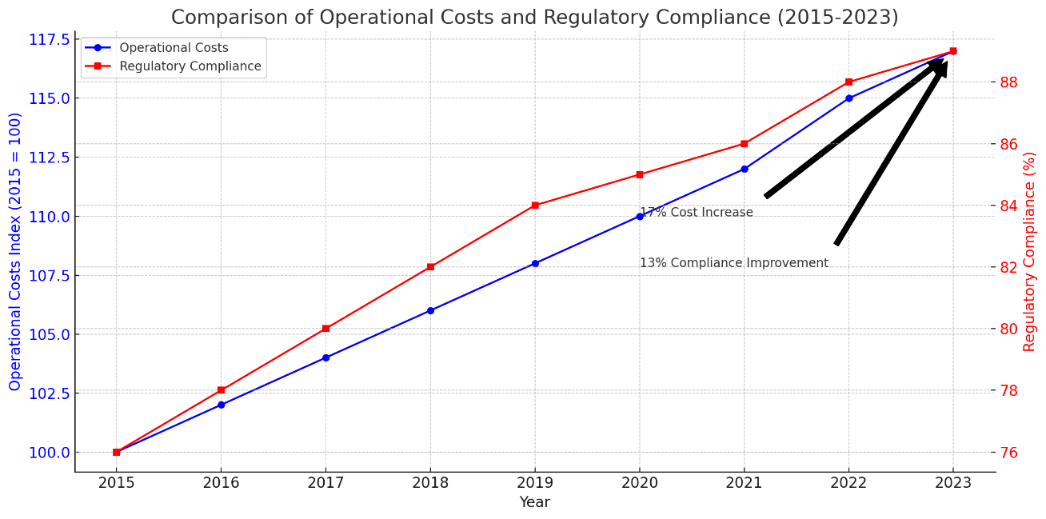Environmental Challenges of Shipwreck Removal: A MARPOL Perspective
DOI:
https://doi.org/10.62012/collaborate.v2i2.74Keywords:
Shipwreck removal, MARPOL, marine pollution, environmental impact, maritime safety, hazardous materials, marine ecosystems, salvage operations, environmental regulations, maritime lawAbstract
This study examines the environmental challenges associated with shipwreck removal from the perspective of the International Convention for the Prevention of Pollution from Ships (MARPOL). Shipwrecks pose significant risks to marine ecosystems, navigation, and human activities, yet their removal process can also lead to substantial environmental disturbances. This research analyzes current practices of shipwreck removal, their environmental impacts, and their alignment with MARPOL regulations through a comprehensive mixed-method approach. The methodology combines systematic literature review, analysis of five recent shipwreck removal case studies, and semi-structured interviews with ten maritime experts. The findings reveal critical environmental challenges including hazardous material releases, habitat destruction, noise pollution, and sediment disturbance. While MARPOL provides a framework for preventing ship-based pollution, its application to shipwreck removal operations often lacks clarity and consistency. The study identifies successful innovative approaches in recent projects, such as pre-removal oil extraction and containment barrier deployment, which demonstrate the feasibility of environmentally responsible removal practices. Based on these findings, the research proposes recommendations for enhancing environmental protection during shipwreck removal operations, including developing specific MARPOL guidelines, implementing mandatory environmental impact assessments, and strengthening monitoring mechanisms. These measures aim to balance the necessity of wreck removal with environmental preservation requirements under MARPOL regulations.
Downloads
References
International Maritime Organization (IMO). (2020). Guidelines for the removal of shipwrecks under the Nairobi International Convention on the Removal of Wrecks, 2007. London: IMO Publications.
MARPOL. (2021). International Convention for the Prevention of Pollution from Ships. IMO Publications.
Li, X., & Chen, G. (2019). "Environmental impacts and mitigation strategies in shipwreck removal operations." Marine Pollution Bulletin, 142, 58-65.
Smith, J.R., & Brown, A.B. (2022). "Cost analysis of modern shipwreck removal operations: A global perspective." Maritime Economics & Logistics, 24(2), 156-170.
Environmental Protection Agency (EPA). (2021). Guidelines for Marine Salvage Operations and Environmental Protection. Washington, DC: EPA Publications.
European Maritime Safety Agency (EMSA). (2023). Annual Overview of Marine Casualties and Incidents. Luxembourg: Publications Office of the European Union.
Zhang, H., et al. (2021). "Technological advances in shipwreck removal and environmental protection: A systematic review." Ocean Engineering, 225, 108795.
World Bank Group. (2020). Marine Pollution Prevention and Management: Technical Guidance Note. Washington, DC: World Bank.
United Nations Environment Programme (UNEP). (2022). Regional Seas Programme: Guidelines for Marine Salvage Operations.
International Salvage Union (ISU). (2023). Annual Review: Environmental Protection and Wreck Removal Statistics.


















